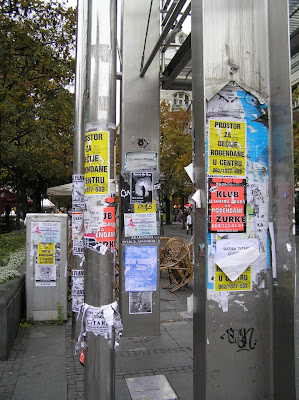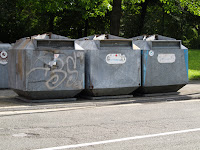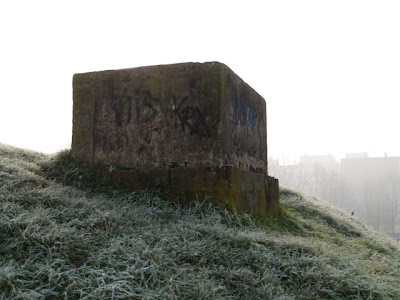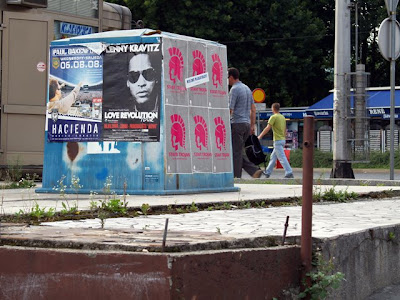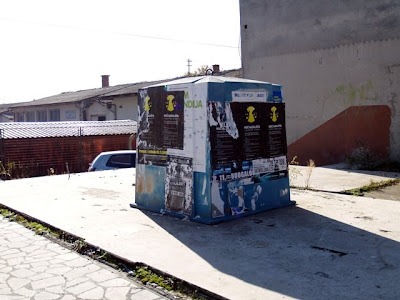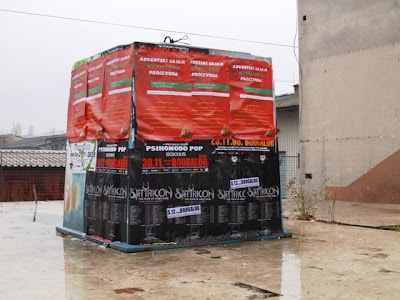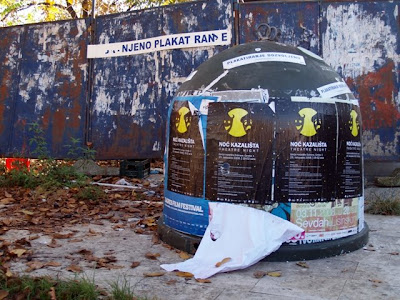
Urban plastic is a characteristic form which comes into existence on the city streets:
- by given elements of the place (e.g.: containers, junction boxes, garbage bins, traffic lights, ventilation tubes and similar);
- by common operations in the life of the city (utilities, activities of night clubs and their poster-plasters, street artists' interventions etc.);
- by spontaneous interventions of passers-by;
- under effects of weather conditions through time (dirt, paling, decomposing..)
The idea of the project deals with rethinking of urban plastic, an artistic form in the public space.
While the classical urban plastic is a piece created/finalised by the artist and placed as a kind of ''foreign object'' into the public space, redefined Urban plastics are pieces initiated and directed by the artist, but created/developed from already existing parts of the city tissue, by usual street processes and organic laws of their own, within the given context.










